 |
 |
 |
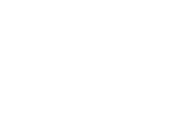
|
Shahzia Sikander, Ecstasy as Sublime, Heart as Vector, 2016. Glass, ceramic, marble. Princeton University. © Shahzia Sikander / photo: Ricardo Barros
|
|
 |
NEW COMMISSION BY INTERNATIONALLY ACCLAIMED ARTIST SHAHZIA SIKANDER AT PRINCETON UNIVERSITY
This spring, the Princeton University Art Museum announces two spectacular site-specific works by the internationally acclaimed artist Shahzia Sikander.
|

|
Posted 1 April 2017
|
Share this:
|
|
Commissioned for the Julis Romo Rabinowitz Building and the Louis A. Simpson International Building (formerly 20 Washington Road) at Princeton University, an intricately layered painting on glass and a 66-foot-tall mosaic scroll are the first major public art commissions for Sikander. Trained in the traditions of Indo-Persian miniature painting at the famed National College of Arts in Lahore, Pakistan, Sikander has transformed that practice into a visual language infused with the concerns of our contemporary world.
|
|
|
|
|
|
|
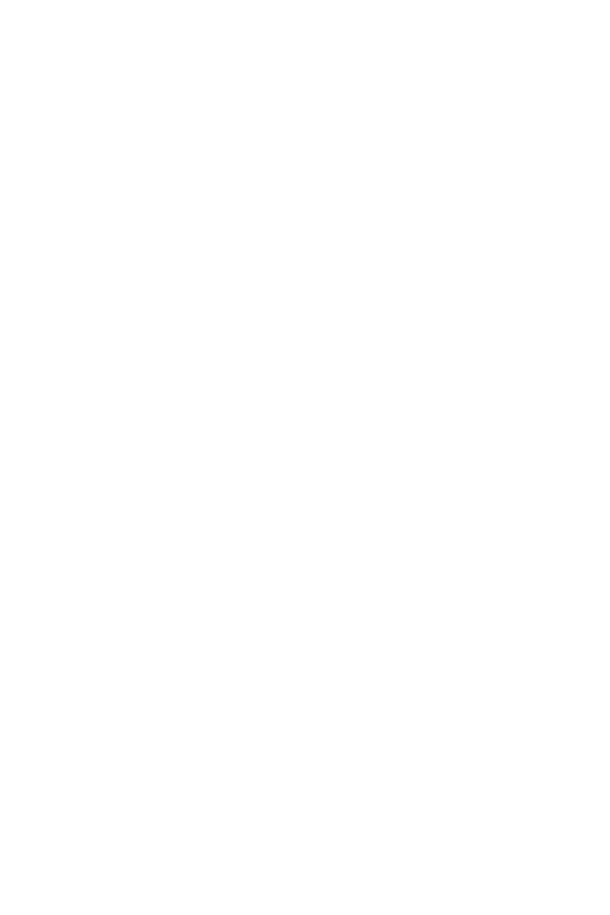
Shahzia Sikander, Quintuplet Effect, 2016. Paint on glass, steel. Princeton University. © Shahzia Sikander / photo: Ricardo Barros
|
|
|
|
|

|

|

|
Soaring above the forum of the Julis Romo Rabinowitz Building – the new home to the Department of Economics – layered images of flight, descent, material economies and spiritual transcendence invite contemplation and conversation. Inspired in part by Princeton University Library’s late 16th-century manuscript known as the Peck Shahnama, an archetype of the 10th-century epic poem, Sikander’s painted composition emerges from nine large-scale panels of stacked glass. Historical figures, spiritual events and natural elements are intertwined to represent global exchange networks for both material and cultural economies. The painting on glass, entitled Quintuplet Effect, was created in a new medium for Sikander: hand painted ceramic colors within glass that were painstakingly built up in several thin layers for a luminous visual experience.
|
|
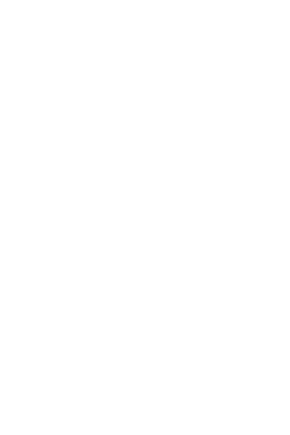
Shahzia Sikander, Quintuplet Effect, 2016. Paint on glass, steel. Princeton University. © Shahzia Sikander / photo: Ricardo Barros
|
|
|
|
|

|

|

|

Shahzia Sikander, Ecstasy as Sublime, Heart as Vector, 2016. Glass, ceramic, marble. Princeton University. © Shahzia Sikander / photo: Ricardo Barros
|
|
Nearby, as one climbs the stairs in the Louis A. Simpson International Building, a shimmering, 66-foot-high glass and ceramic scroll takes visitors on a journey from the mortal bonds of humanity to the realm of the mind, where natural forms dissolve in space and the imagery invites the active engagement of viewers’ imaginations and faith. Made of glass, ceramic and marble, Sikander’s scrolling mosaic, entitled Ecstasy as Sublime, Heart as Vector, can be viewed in three sections, each with multiple interpretations and manifold references to history, religion and literature.
|
|
|
|
|

|

|

|
“Given the nature of the teaching and research to take place in these beautiful new facilities, we felt it was an ideal opportunity to engage an international artist drawing on diverse traditions,” noted Museum director James Steward. “We are thrilled by the captivating beauty and multilayered meanings of the results.”
"When I think of the idea of the postcolonial, the rhetoric of imagination seems so much more buoyant, so full of visual possibilities, specifically as a foil to the notion of the exile,” said Sikander of the commissions. “I think of imagination as a soaring and empowering space that is free from constraints. And if you’re thinking in terms of inter-connectivity, imagination is what ties all of us together. The pursuit of truth is so fleeting when it is held hostage to authenticity. Our recent histories are all about redactions, and so everything starts to emerge in a space that is in flux. Imagination is very much about taking ownership of the narrative; it is a fundamentally political stance."
|
|
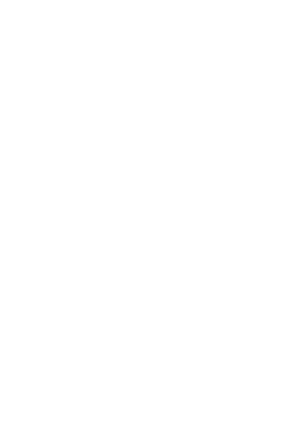
Shahzia Sikander, Quintuplet Effect, 2016. Paint on glass, steel. Princeton University. © Shahzia Sikander / photo: Ricardo Barros
|
|
|
|
|

|

|

|

Shahzia Sikander, Ecstasy as Sublime, Heart as Vector, 2016. Glass, ceramic, marble. Princeton University. © Shahzia Sikander / photo: Ricardo Barros
|
|
Born in Lahore, Pakistan, in 1969, Shahzia Sikander received her BFA in 1991 from the National College of Arts in Lahore, where she underwent rigorous training under the master miniaturist Bashir Ahmed. Sikander was recognized both for her technical mastery of this practice, ascending to a teaching post at the College, and for her radical transformation of the traditional aesthetics of miniature painting – through her experimentation with scale and subject matter, as well as the recombination of compositional elements. Subsequently, Sikander moved to the United States, where she completed her MFA at the Rhode Island School of Design in 1995. Informed by her international training and speaking to the global exchange of capital and culture, both historically and in the present, Sikander deftly weaves together iconography from South Asian, European and American contexts. She has been the subject of major solo exhibitions throughout the world and is the recipient of numerous awards, grants and fellowships, including most notably the MacArthur Award in 2006.
|
|
|
|
|
|
|
Princeton University boasts one of the most significant public art collections in the United States, including masterworks by 48 major artists, such as Alexander Calder, Michele Oka Doner, Frank Gehry, Gaston Lachaise, Jacques Lipchitz, Henry Moore, Louise Nevelson, Isamu Noguchi, George Rickey, George Segal, Richard Serra, David Smith and Tony Smith. A campus art initiative – launched in 2008 to expand the University’s existing collection of historical campus art with commissions by living artists – has brought to campus works by artists such as Sol Lewitt, Odili Donald Odita, Kendall Buster, Jim Isermann and Ursula von Rydingsvard.??
Related Programming
April 8 at 2 p.m. | Artist Talk with Shahzia Sikander
Location: Julis Romo Rabinowitz Building, 20 Washington Road, Princeton University, Princeton, New Jersey
Artist Shahzia Sikander unveils her recent works for Princeton’s campus with a talk on the inspiration, iconography and working process behind her first monumental commissions in glass and mosaic. A reception will follow.??About the Princeton
|
|

|

|

|
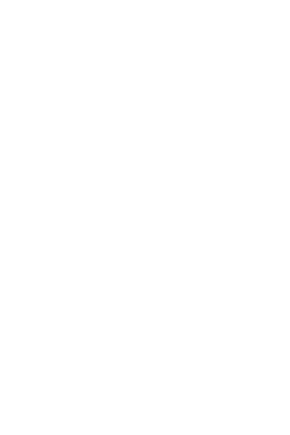
Shahzia Sikander, Ecstasy as Sublime, Heart as Vector, 2016. Glass, ceramic, marble. Princeton University. © Shahzia Sikander / photo: Ricardo Barros
|
|
University Art Museum
With a collecting history that extends back to the 1750s, the Princeton University Art Museum is one of the leading university art museums in the country, with collections that have grown to include over 100,000 works of art ranging from ancient to contemporary art and spanning the globe.
Committed to advancing Princeton’s teaching and research missions, the Art Museum also serves as a gateway to the University for visitors from around the world. Intimate in scale yet expansive in scope, the Museum offers a respite from the rush of daily life, a revitalizing experience of extraordinary works of art and an opportunity to delve deeply into the study of art and culture.
The Princeton University Art Museum is located at the heart of the Princeton campus, a short walk from the shops and restaurants of Nassau Street. Admission is free. Museum hours are Tuesday, Wednesday, Friday and Saturday 10 a.m. to 5 p.m.; Thursday 10 a.m. to 10 p.m.; and Sunday 1 to 5 p.m. The Museum is closed Mondays and major holidays.
PRINCETON UNIVERSITY ART MUSEUM
Princeton, NJ 08544
+1 (609) 258-3767
efirestone@princeton.edu
http://artmuseum.princeton.edu
|
|
|
|
|
|
|
|
|
|


